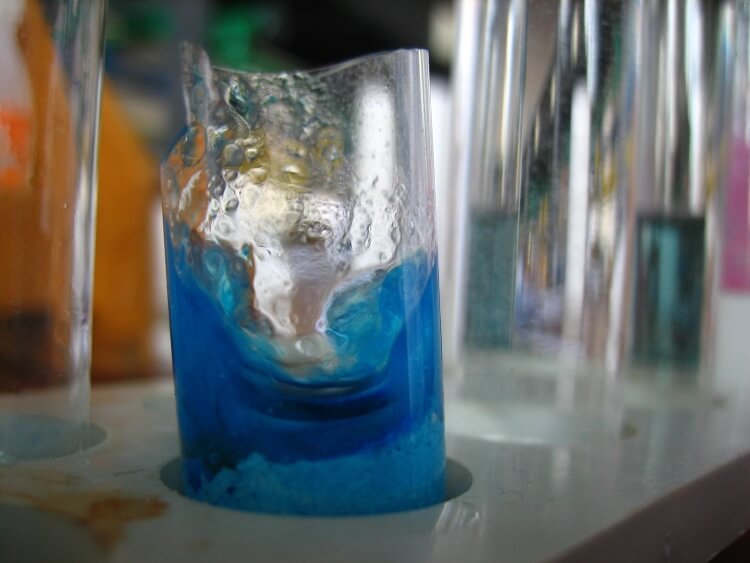granulocyte
Granulocyte Macrophage Colony Stimulating Factor (GM-CSF) Anti-Human
Granulocyte Macrophage Colony Stimulating Factor (GM-CSF) Anti-Human
Koma Biotech supplies antibodies that are for research of human proteins.
Human proteins, cDNA and human recombinants are used in human reactive ELISA kits and to produce anti-human mono and polyclonal antibodies. Modern humans (Homo sapiens, primarily ssp. Homo sapiens sapiens). Depending on the epitopes used human ELISA kits can be cross reactive to many other species. Mainly analyzed are human serum, plasma, urine, saliva, human cell culture supernatants and biological samples.
Granulocyte-macrophage colony-stimulating factor (GM-CSF), also known as colony stimulating factor 2 (CSF2), is a monomeric glycoprotein secreted by macrophages, T cells, mast cells, NK cells, endothelial cells and fibroblasts that functions as a cytokine. The pharmaceutical analogs of naturally occurring GM-CSF are called sargramostim and molgramostim. Reconstitution It is recommended that sterile ddH2O containing at least 0.1% human serum albumin or bovine serum albumin be added to the vial to prepare a stock solution of not less than 1 mg/mL of the cytokine.
This antibody needs to be stored at + 4°C in a fridge short term in a concentrated dilution. Freeze thaw will destroy a percentage in every cycle and should be avoided.Colonies can be formed by stimulating factors or recombinant GM-CSF and CSFs activity expressed in Units compared to a standard.Aplha, transcription related growth factors and stimulating factors or repressing nuclear factors are complex subunits of proteins involved in cell differentiation. Complex subunit associated factors are involved in hybridoma growth, Eosinohils, eritroid proliferation and derived from promotor binding stimulating subunits on the DNA binding complex. NFKB 105 subunit for example is a polypetide gene enhancer of genes in B cells.
